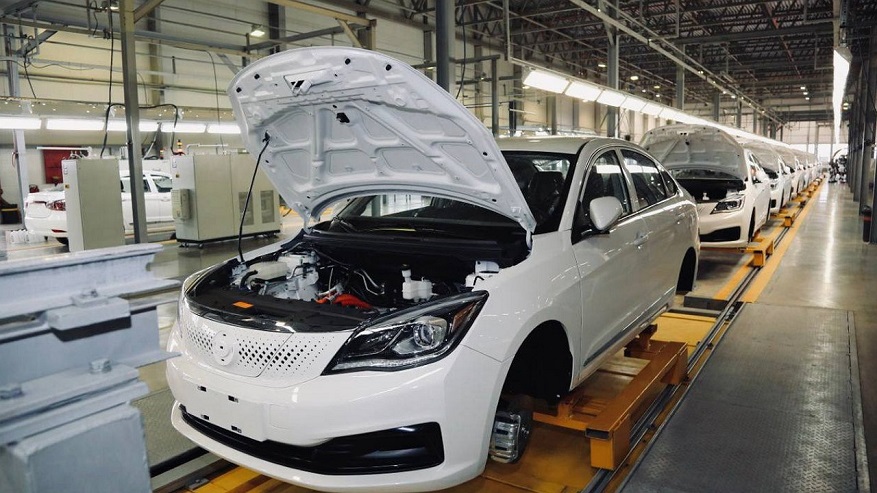The research findings are published in Mathematics (Q1; IF:2,592).
Transition of the automotive industry towards the use of electric vehicles is a modern trend.
The most promising type of electric vehicles is the ones running on lithium-ion battery. To foster this trend, developers face two challenges: to increase battery capacity and to rationalize the use of energy by reducing losses and increasing vehicle efficiency.
Researchers from the TPU School of Advanced Manufacturing Technologies together with their colleagues from Novosibirsk have developed an analytical mathematical model to perform the required calculations. It describes the mechanical force and power balance resulting from the conversion of electrical energy into mechanical energy and vice versa.
In the study, the researchers have modeled typical electric vehicle driving cycles with respect to different countries in order to determine the driving range. The model is based on a wide range of parameters: acceleration cycles, battery operating conditions, energy consumption per trip with regard to energy recovery, including under extreme traction loads.The model's novelty is that the forces are based on the balance supplied to the terminals of the power converter. This approach makes it possible to perform the required calculations without special computing capacity and ensures high accuracy of the results. Relying on independence of the variables describing the state of the electromechanical energy converter, we managed to simplify the energy balance equations and derive, on their basis, expressions for the forces resulting from the interaction of currents with both magnetic and electric fields,
"As a result of the modeling, we have determined that lower dynamics allows for a greater electric vehicle range, however, the real urban operation of an electric vehicle requires more dynamics. At the same time, the current measurement cycle ensures a sufficient driving range. This is attributable to the fact that frequent braking, common in urban traffic, gives a significant return of energy to the battery," notes Nikita Martyushev.
The scientists have also assessed the traction battery life and determined the optimal type of a lithium-ion battery for an electric vehicle. It extends the battery life up to 500 thousand kilometers.
Based on these data, the researchers will be able to develop a method to determine the optimal energy-efficient driving modes for electric vehicles, including unmanned ones. It can potentially reduce the cost of passenger and cargo transportation, as well as be used in the development of heavy-duty electric vehicles.
